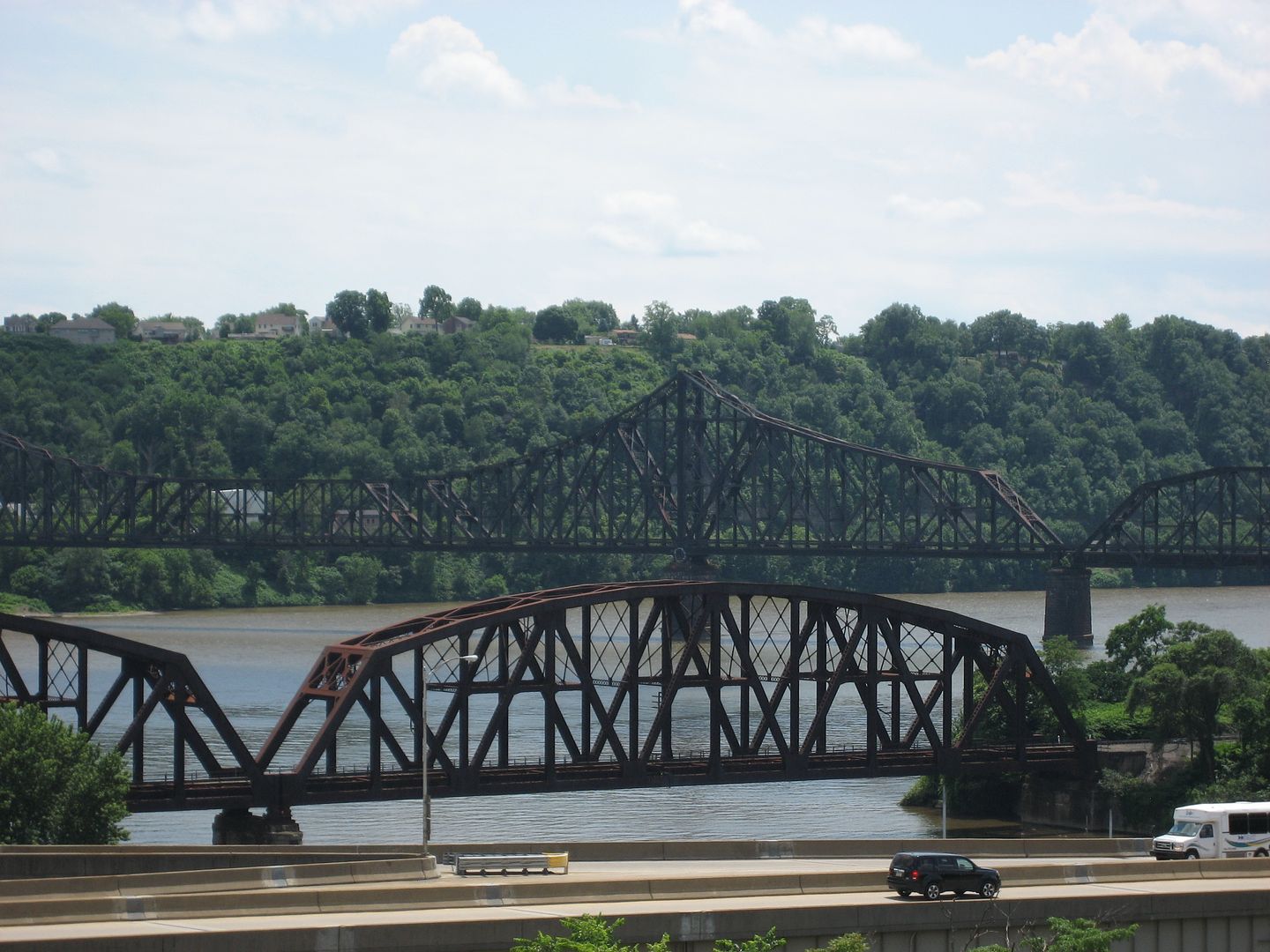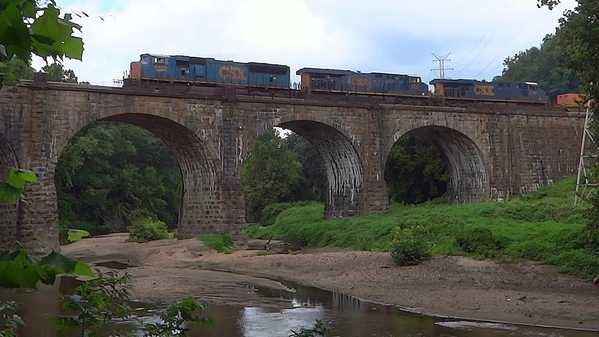Interesting topic, infrastructure and how long it lasts is based on a number of things. Certainly, a poorly built structure or whatnot is likely to become such a maintenance burden that it gets torn down and replaced, there have been plenty of examples of this, things like the infamous Flxible bus that was put on city streets it wasn't designed for, subway trains like the Zephyr that were difficult to service. Other things were designed to do something and didn't end up doing what it was supposed to, like the S2 turbine.
A lot of infrastructure is lost because it simply is no longer needed, a lot of the rail bridges and stations and track were abandoned, for example, of signal towers were made obsolete by more modern technology. Other infrastructure is lost because despite how well it might have been made, it was marginally needed and cost too much to maintain to justify its existence.
One of the ironies of looking back and saying "how well things were made back then" is that many of us grew up in a time when infrastructure was starting to fall apart, and assumed it was because modern infrastructure and the like was inferior, when the reality was a lot of that was older infrastructure, built to pretty high standards, that had been let go or not maintained well, anything no matter how well (or poorly designed), that isn't maintained starts falling apart, the only difference is the rate and timespan when it falls apart.
You don't paint bridges and clean them, they start corroding and falling apart, you don't maintain track bed, replace rails (especially on curves), you have problems, you don't replace parts on an engine or train car when you should, it fails. The other thing about old guard construction is it was often overbuilt because they didn't have quite the knowledge of engineering we do today, they would overbuild bridges because they didn't really fully understand the stresses and loads on it, things like aerodynamic loads, hydrodynamic loads from flowing water, vibrational issues, were fully understood, and in many ways modern structures, built with modern materials, likely will take less maintenance and be more durable than some of the older buildings and structures and the like. Not to mention that back when those things were built, labor and materials were a lot cheaper than today, so they could afford to overbuild.
It is kind of like comparing modern road building to the way Romans built their roads, the Romans built to a depth of 16 feet in many places with all kinds of sub bed materials, and a lot of those roads have lasted into modern times, 2000 years later; the reason they built them like that, in part, was because they had a lot of guys in the Roman army they needed to keep occupied, when not fighting a lot of the Roman army was acting as a corps of engineers, so it was a perfect combination












